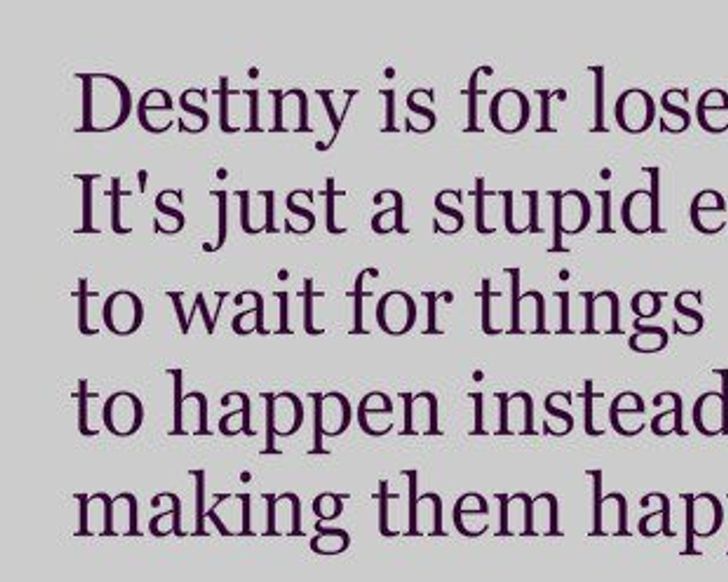COLLEGE PARK, Md. — Making Baltimore Avenue serve more as a spine than a boundary is a priority of the new development plans for the city, a University of Maryland finance official said Tuesday.
Carlo Colella, VP Administration and Finance for the university, said that the school wants to create more of a college town environment to enhance the area around the institution. He noted that a more developed town that uses its main street as a hub is a huge asset to both the city and the university. Environment is a big factor in the recruitment of both students and faculty, so Colella hopes that having a built-up city will be a key contributor to gaining “top students and top faculty."
He also stated that administration and officials are calling the prospective spine Baltimore Avenue instead of Route 1 as part of a deliberate effort to change the local perception of that street.
“It's a state highway," Colella said. “…On the east side of Baltimore Avenue, we have the Greek Life, our service building, hotel and conference building that's under construction now, so there are already lots of reasons to be [there]."
The goal is to have this main street bring the campus and the community together, instead of separating one side from the other.
“There's more development going on now than in the 40 years I've lived here, and I'm not sure why," said David Dorsch, resident of the city.
Right now, there are five development projects being physically worked on, not including those on campus. Michael Stiefvater, economic development coordinator for the city, said these projects are all privately financed by developers.
“There may be projects in the pipeline that require public money to pencil out, but that would likely be through a tool called Tax Increment Financing," Stiefvater said.
Mayor Andrew Fellows said “TIF," Tax Increment Financing, is the policy in place for when a developer needs the city to give money for a project.
“The developer pays for whatever the project is up front and gets a tax break down the road," Fellows said.
This practice makes it so that the city does not have to use its own money to help private developers. Instead, it allows the developer to pay less taxes until the amount unpaid in taxes matches the amount that was needed to start the project.
Colella and Dorsch both agreed that an obstacle for development of any kind is the reaction of the people who are affected. They admitted that some people don't like change, and no matter what's changing, those people may have a hard time accepting it.
“People sometimes are afraid of change, or they just don't like it," Dorsch said. “But then, when you look at history, things always change. Otherwise we'd still be on a farm."
Fellows said, development generally can be either good or bad. He said you really have to be careful with what you are deciding to build because it affects more than just the project itself. Developments like storefronts, shopping malls and food areas can all affect things like the attractiveness or livability of an area.
“You can build too big of a parking lot and then you end up with decades of an ugly lot that attracts the wrong people in the future," Fellows said.
















